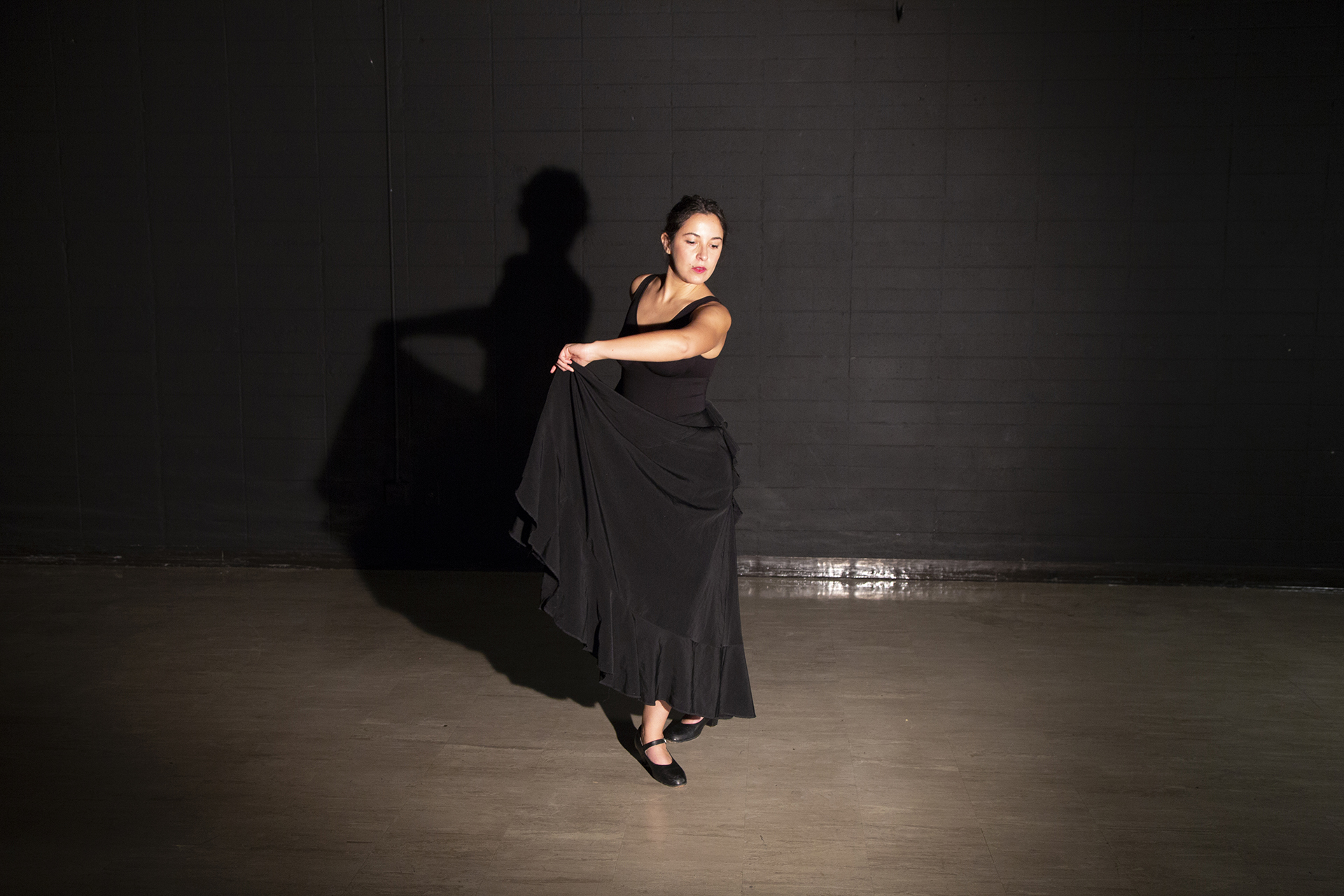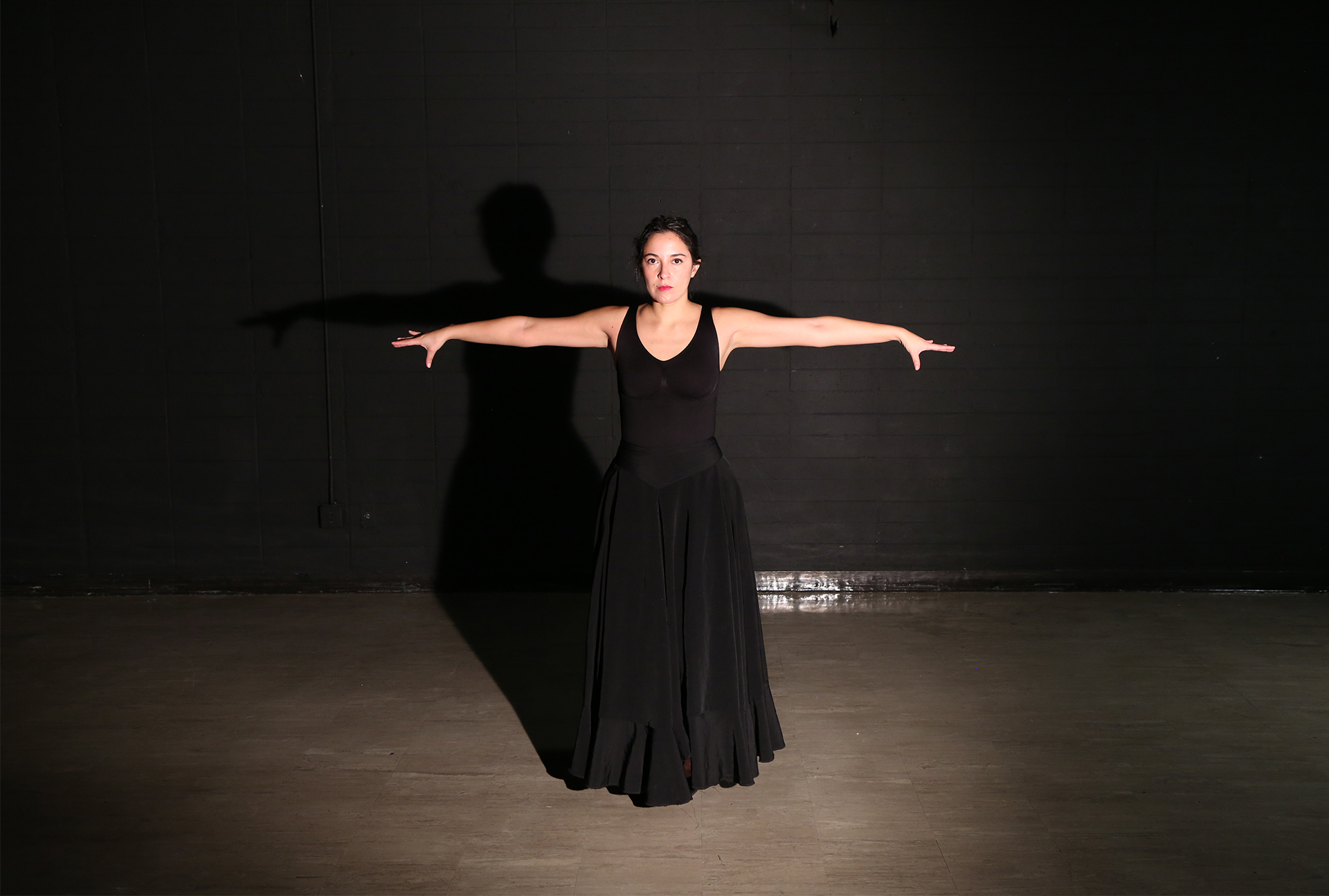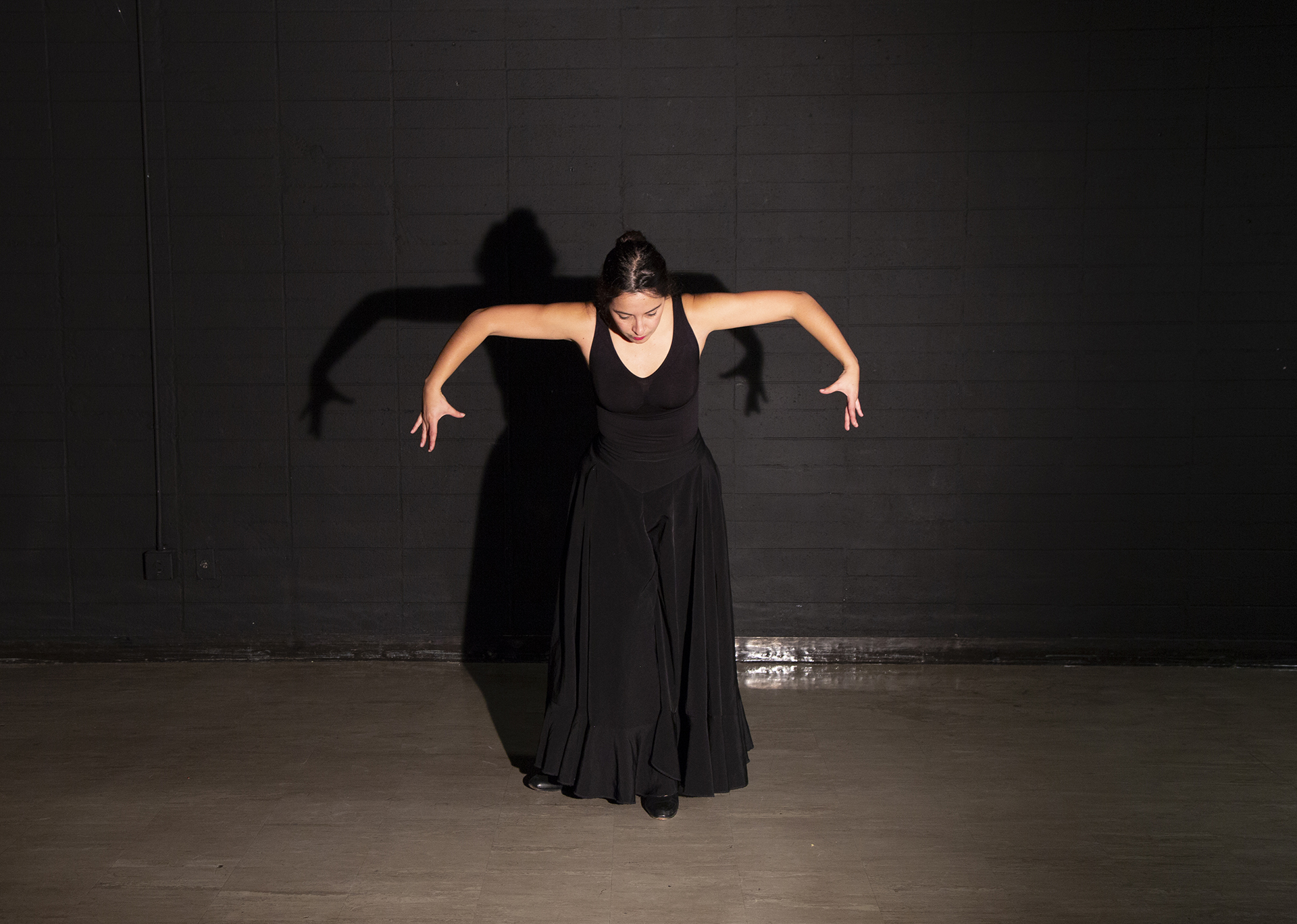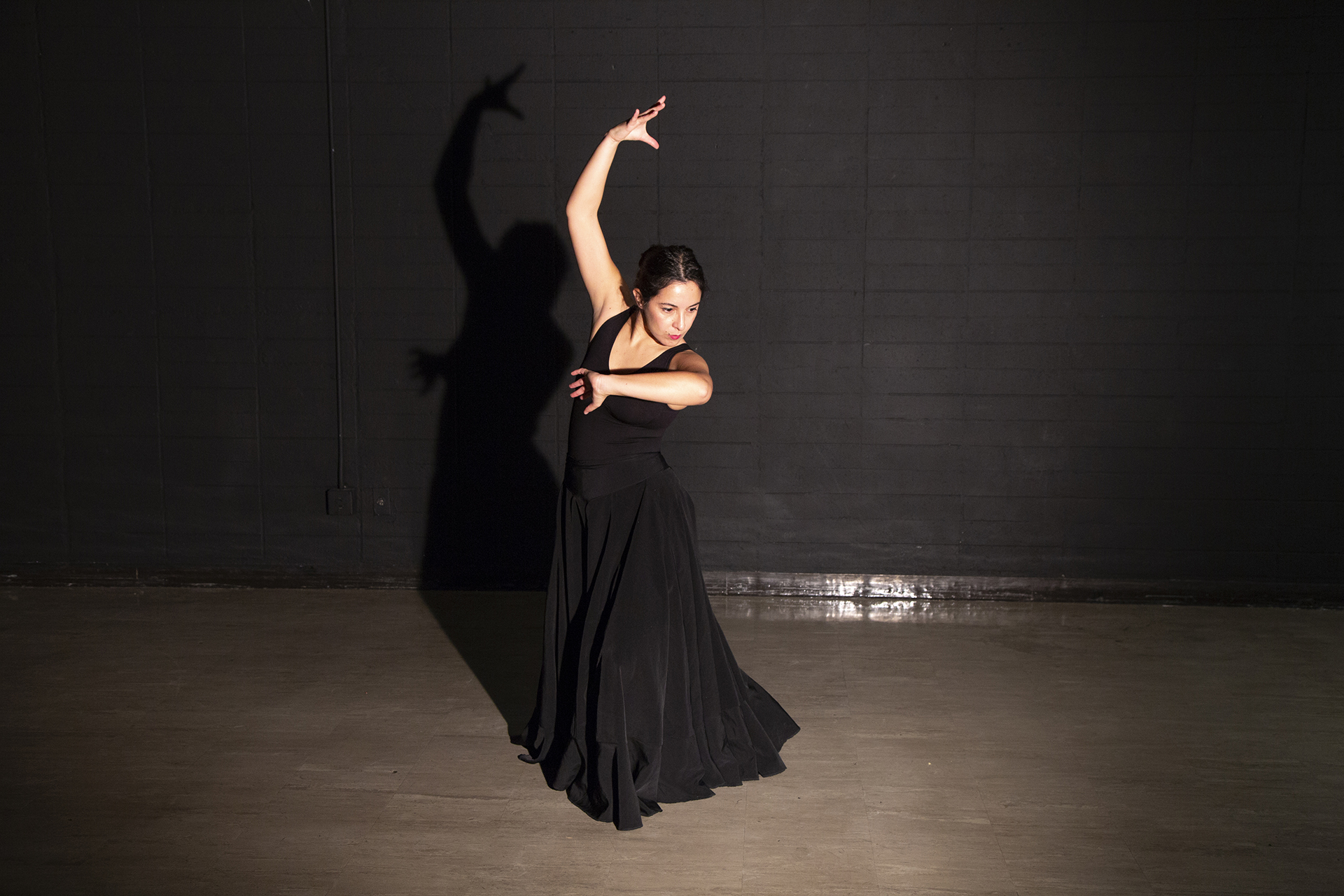EN / ES
RESEARCH
︎︎︎ RIZOMA PHASE I
FLAMENCO NOTATION EXPLORATIONS
︎︎︎ RIZOMA PHASE II
FLAMENCO NOTATION PROPOSAL
︎︎︎ RIZOMA PHASE III
MACHINE LEARNING EXPERIMENTS
︎︎︎ RIZOMA PHASE IV
INTERACTIVE INSTALLATIONS
︎︎︎ RIZOMA PHASE V
BOOK PROCESS
RIZOMA I >
TEST 3:
Photos & Pictograms
RIZOMA I >
TEST 3: Pictogramas y Fotos
Body Movements
The Symbols are representations of the dancer's movements. The figurative icons that imitate the position of the person are probably the most used form of notation because we can easily recognise the shapes and associate it with movement.
This notation was inspired by the
Benesh Movement Notation (also known as Benesh notation or choreology), a dance notation system used to document dance and other types of human movement. Invented by Joan and Rudolf Benesh in the late 1940s, the system uses abstract symbols based on figurative representations of the human body.
![]()
Movimientos corporales
Los símbolos son representaciones de los movimientos del bailarín. Los iconos figurativos que imitan la posición de la persona son probablemente la forma de notación más utilizada porque podemos reconocer fácilmente las formas y asociarlas con el movimiento.
Esta notación se inspiró en la Notación de movimiento de Benesh (también conocida como notación de Benesh o coreología), un sistema de notación de danza que se utiliza para documentar la danza y otros tipos de movimiento humano. Inventado por Joan y Rudolf Benesh a fines de la década de 1940, el sistema utiliza símbolos abstractos basados en representaciones figurativas del cuerpo humano.

















